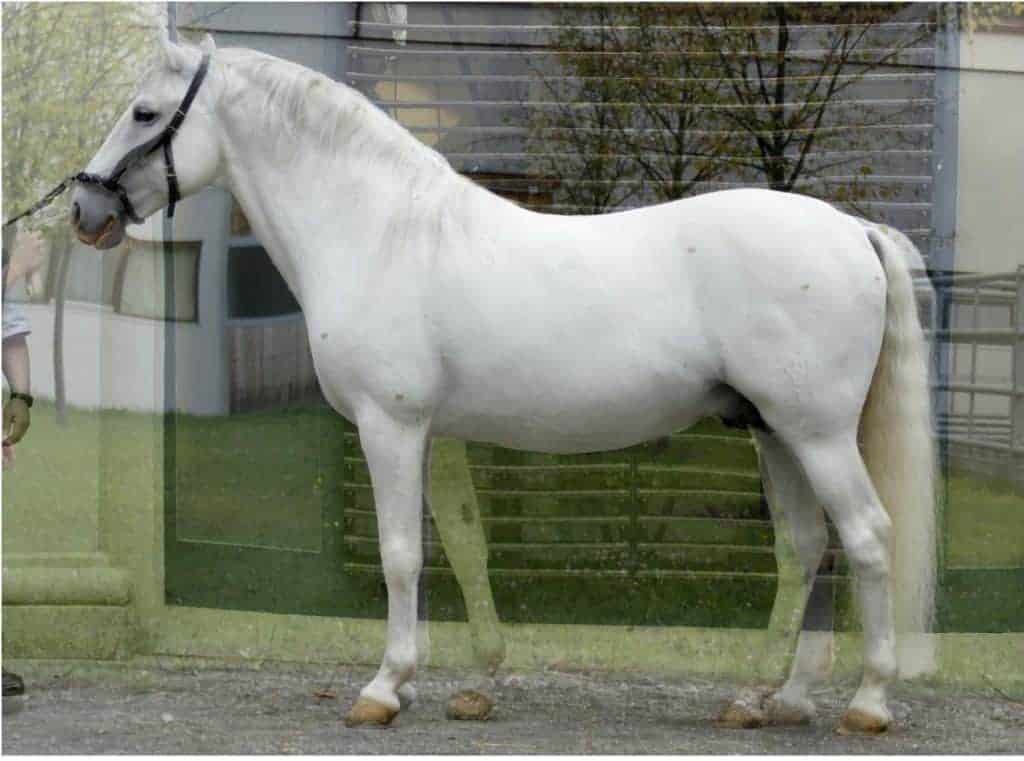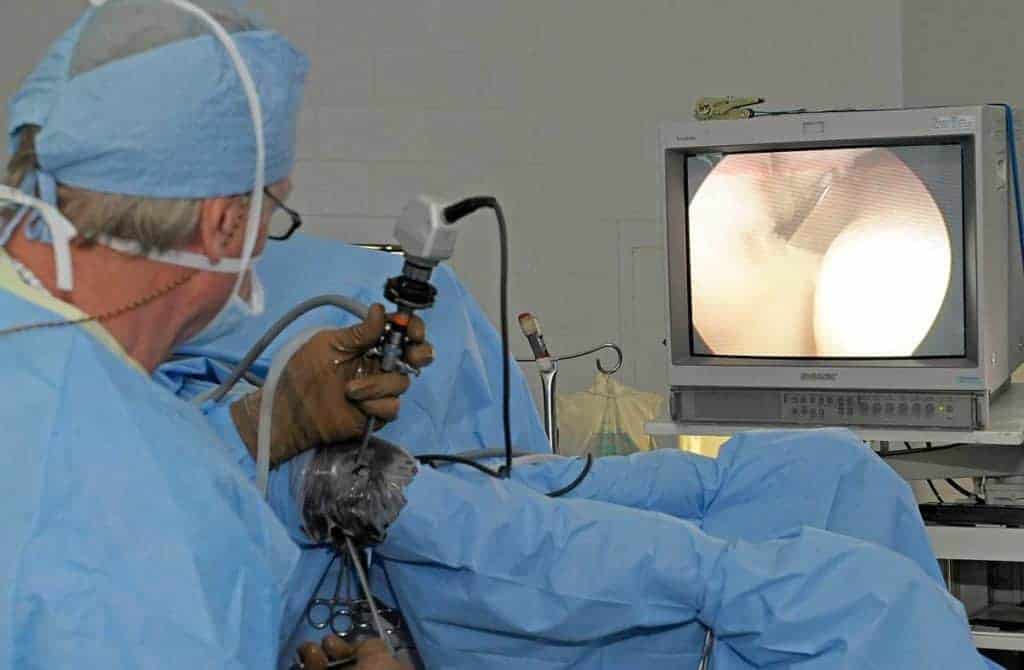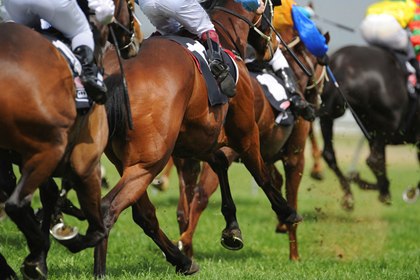
Can a Smartphone Help Diagnose Subtle Lamenesses?
Gait analysis applications on a smartphone can give reliable data to help detect hind limb lameness issues in horses.

Gait analysis applications on a smartphone can give reliable data to help detect hind limb lameness issues in horses.
Do you have any suggestions for speeding the time it takes for proximal splints (in the forelimbs) to resolve?

Scientists applied precise, objective mathematical analysis to the subjective art of horse breeding evaluations.

Radiographic abnormalities don’t always result in diminished performance; however, many do. Here’s what to know.

Bone chips can be a proper pain in the joint; learn where and why they happen and when they need to be removed.

Polo ponies showed a high degree of movement asymmetry, but this doesn’t necessarily mean the animal is lame or in pain.

Some forelimb lamenesses can result in the horse appearing unsound in a hind limb.

Two equine surgeons shared their thoughts on rotational limb deformities, contracted carpal joints, club feet, and more.

Consider this under-recognized issue before deciding which limb is the primary lameness source.

Researchers examined the loading rates on a hoof of a galloping horse wearing different aluminum racing shoes.

A veterinarian weighs in on radiographs, nuclear scintigraphy, and standing MRI for diagnosing subtle lamenesses.

Shock wave is a noninvasive, nonsurgical therapy for orthopedic conditions. Learn how it can help your horse.

Good leg conformation in a horse is a must if that animal is to remain serviceably sound for performance.

Learn about how horse joints work and how you can keep your horse’s joints healthy with this step-by-step visual guide.

One of the most common sites of catastrophic injuries in Thoroughbred racehorses is the fetlock.

Learn about equine intra-articular joint-injections for arthritis from a leading researcher and practitioner.
Stay on top of the most recent Horse Health news with
"*" indicates required fields